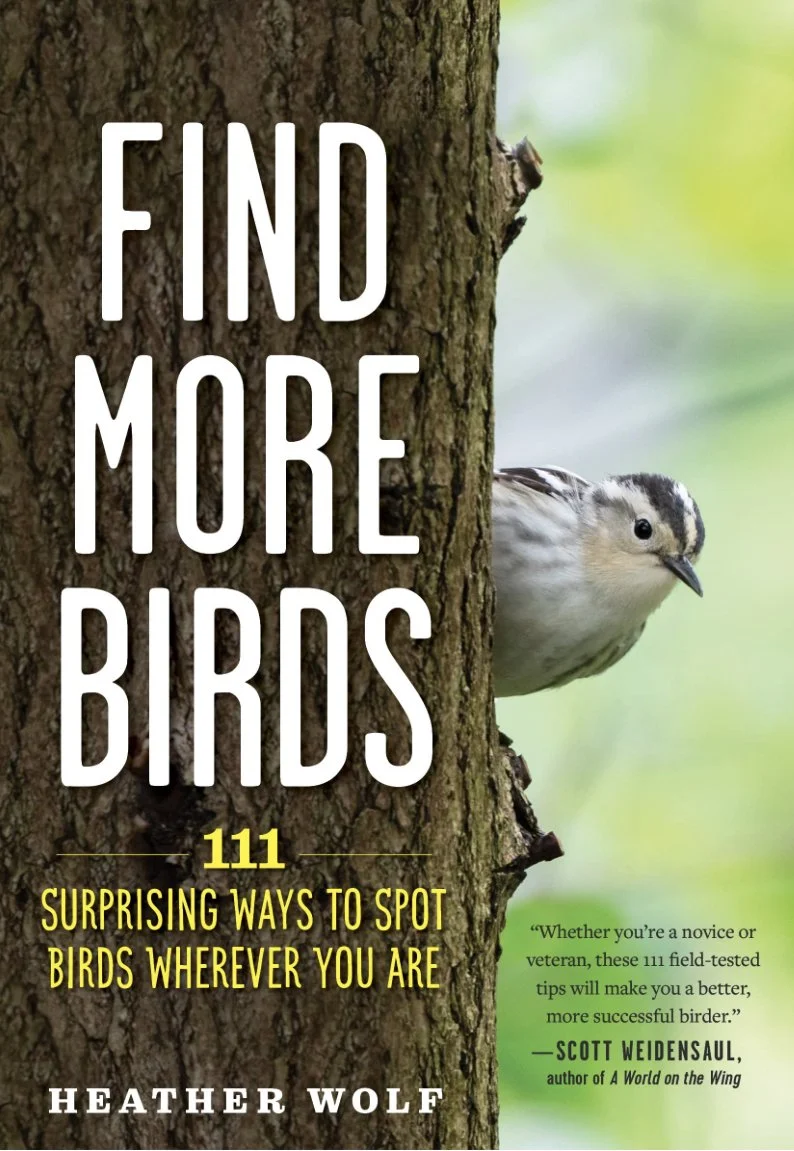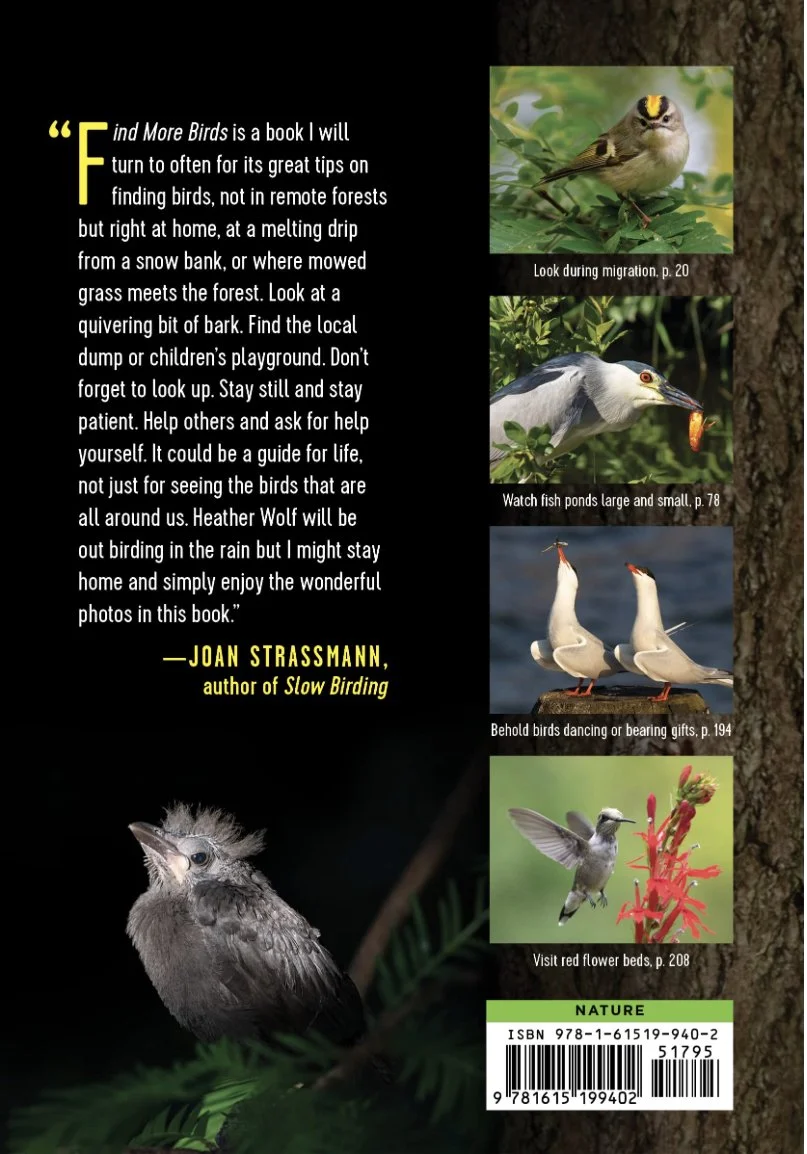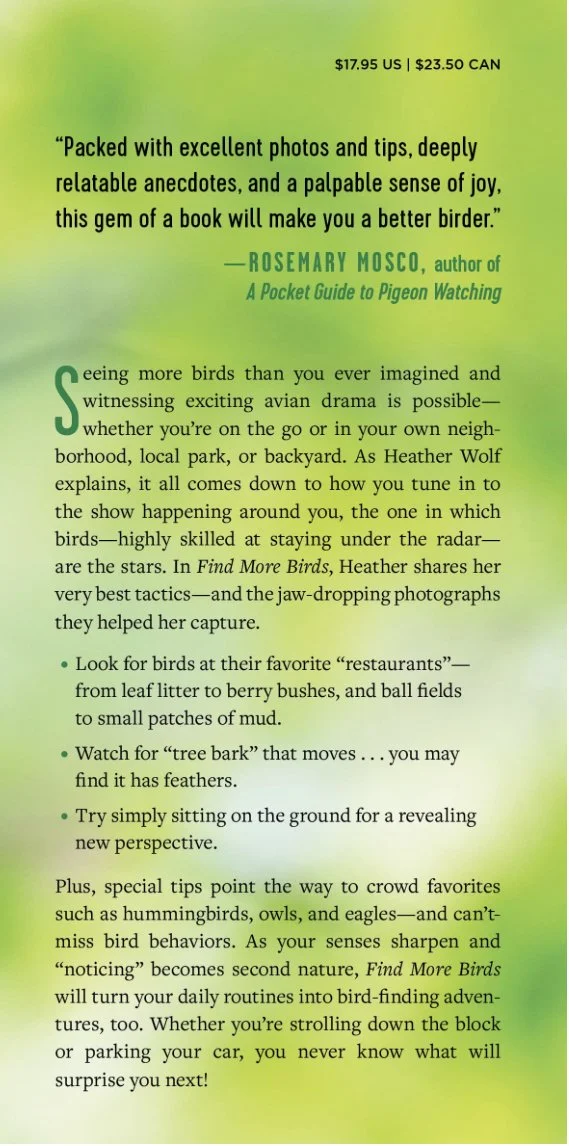Nature by the yard
I use a heated dog dish as a birdbath. It thinks it’s a birdbath and I don’t have the heart to tell it otherwise. It works great even when its heater is on a summer vacation. That tiny body of water has brought me much pleasure. An orchard oriole spent time in the dish, splashing with a gusto nearly matching that of a Baltimore oriole. Then at dusk, an eastern screech-owl visited the pool. The tiny owls regularly use birdbaths for drinking and bathing. So many creatures use that birdbath, it wouldn’t surprise me if one of those ancient U.S. Navy frogmen that were available as toys in boxes of Kellogg's Corn Flakes and Kellogg's Frosted Flakes showed up. Little me put high-pressure propellant (baking powder) in a frogman’s foot and he went diving. A miniature frogman might be too much to hope for, but you never know what you’ll see when you watch birds.
Naturally
Lots of pelicans mean lots of bullheads in the lake. Lightning bugs or fireflies are neither bugs nor flies. They are beetles. Look for meadowhawk dragonflies to become common. On a warm August evening, common nighthawks fly graceful loops in the skies over the fairgrounds where I toiled. Their sharp, electric “beans” let me know they were chasing insects. Adult male hummingbirds and rose-breasted grosbeaks will soon scram, and robins will form flocks.
What’s that sound?
Bird songs have quieted, but insects call loudly to be heard. It’s usually the male that calls and the intensity increases at dusk and continues through the night. They aren’t using their voices, they use stridulation, the act of producing sound by rubbing two body parts together. The most well-known insects that stridulate are crickets. The snowy tree cricket, which is pale in color, inhabits woodland edges, bushes, small trees and vines. Often called the “temperature cricket” because it’s possible to tell the temperature by adding 40 to the number of chirps heard in 13 seconds. Nathaniel Hawthorne described its song as an "audible stillness" and declared, "If moonlight could be heard, it would sound just like that." Producers of movies and TV shows frequently dub its song onto soundtracks to signal that the action is taking place on a quiet summer's night in a rural or suburban setting.
The field cricket is a common household insect. This accidental invader is a large, shiny black cricket. It produces its chirping by rubbing its wings together to create the quintessential cricket song.
Katydids, resembling muscular green grasshoppers, call ch-ch…ch-ch-ch…ch-ch-ch. This is likened to the words ka-ty-did or ka-ty-didn’t.
A gray treefrog hunted on my office window on a warm night. The light attracted insects and that attracted the green predator (they come in various colors). I’ve been hearing their calls—territorial, I suspect.
Blooming but not idiots
Wild cucumber is a native, annual vine with hand-sized, star-shaped leaves. In early to mid-August, conspicuous small white to yellowish-green flowers grow. It’s noticeable along roadsides, forest edges, hedgerows and fences. The fruit is a small, cucumber-like spiny pod. Common burdock blooms. Tall woody perennials called meadowsweet bloom in white. Many yellow flowers can be seen now: black-eyed susans, yellow sweet clover, various species of sunflowers, common mullein, birds-foot trefoil, evening primrose and sow thistle. Expect to see goldenrod and asters blooming soon.
Q&A
“How many generations of monarch butterflies are there in Minnesota?” It takes monarchs approximately one month to go from egg to adult butterfly and there are usually four generations emerging throughout the year, three of which could be in Minnesota. The first three generations have lifespans of 2-6 weeks, with the fourth generation living 6-9 months and migrating (beginning in mid-August) to Mexico.
“How many cicadas can a cicada killer paralyze?” In a good year, the female wasp may create and fill more than a dozen nesting chambers, and may hunt and kill over 30 cicadas.
“Do you think the ivory-billed woodpecker still lives?” I don’t know. I hope so. It’s difficult to prove something doesn’t exist—take Bigfoot, for example.
“When do pheasants begin incubating eggs?” It generally occurs from April 1 through August 1, with an average hatch date of mid-June.
“Why so few mosquitoes this year?” Dry weather makes for less standing water for the skeeters to use for reproduction.
Thanks for stopping by
“Away, away, from men and towns, To the wild wood and the downs, — To the silent wilderness, Where the soul need not repress its music.”—Percy Bysshe Shelley.
“May the sun bring you new energy by day, may the moon softly restore you by night, may the rain wash away your worries, may the breeze blow new strength into your being, may you walk gently through the world and know its beauty all the days of your life.”―Apache blessing.
Do good.
©️Al Batt 2023
What is a herd of goats doing at St. Aidan Cemetery? Eating. Goats are browsers, not grazers, so they won’t mow your lawn, but 40 goats per acre will in a week’s time clear it of buckthorn, poison ivy, thistle, wild parsnip, ragweed, red cedar, garlic mustard and other brush and weeds. Photo by Al Batt.









